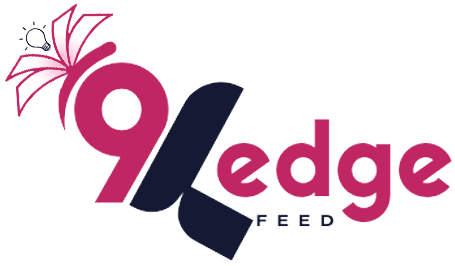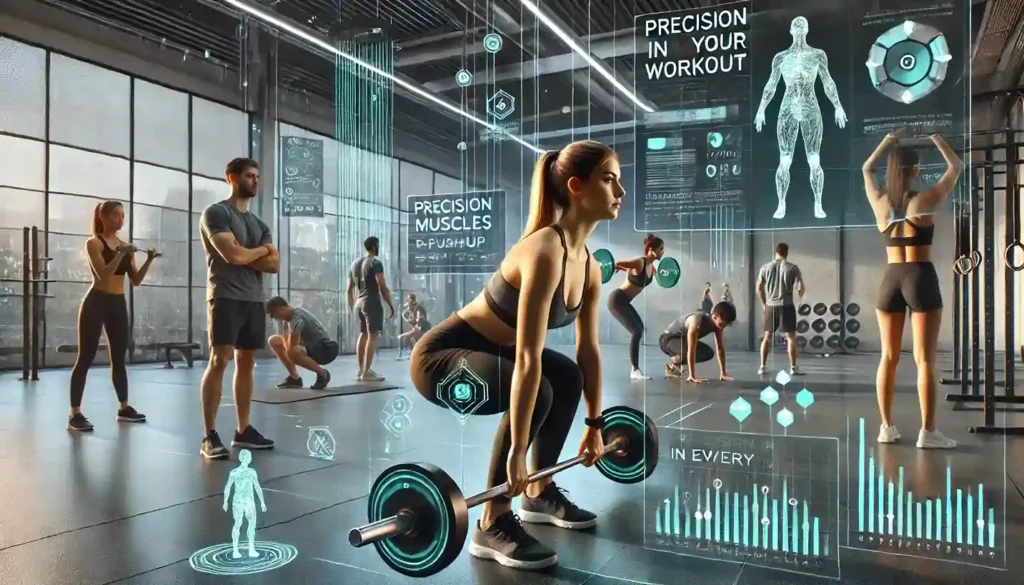Are you tired of wasting time on exercises that don’t deliver results? Or maybe you’ve been working out consistently, but something feels…off? If you’re nodding along, you’re in the right place.
Let me introduce you to precise exercise. It’s a game-changer. Instead of a generic workout plan, precise exercise is about targeting specific muscles, refining your form, and working out smarter, not harder. It may interest you that individuals whose attention is directed toward details of movement enjoy better muscle transference and fewer pull cases. A recent study found that precise exercisers reduced their risk of injury by up to 30%! It’s time to make every rep count, and I will show you how.
What is Precise Exercise?
Precise exercise is broader than exercise; it can be described as a way of exercising to achieve a specific result on the muscles of the body. It is like keeping the concentration you have while exercising. Instead of simply doing a bicep curl, for example, precise exercise ensures that you’re engaging the muscle most effectively—keeping the form controlled, the movement slow, and the effort focused.
Unlike traditional workouts, which often prioritize volume or intensity, precise exercise places a premium on quality. As every movement is carried out in a way that gives her the most benefits, it means that more muscles are being toned; less effort is being used to achieve the results. Think of it as dialing into the finer details of your workout to get the most out of each rep. No matter if you are a fan of weight lifting, practicing yoga, or pilates, it can help you achieve even better outcomes.
Benefits of Precise Exercise
Well, why is it important that the right amount of detail is incorporated into exercise sessions? Let me break it down for you:
- Enhanced muscle targeting and isolation: By focusing on precise movements, you’re directly engaging the muscles you intend to work on. No more accidentally working out muscles you didn’t mean to.
- Improved flexibility and mobility: Coordinated and purposeful movements elongate muscles and stimulate them equally throughout the body which is important to increase flexibility from day to day.
- Faster recovery times: Because you’re focusing on proper form and avoiding unnecessary strain, your muscles recover faster. Which eventually means less pain, and sooner you can go back to your training.
- Long-term benefits for joint health: Precision in your movements reduces unnecessary wear and tear on your joints, preserving them for the long haul.
- Better overall fitness results: Precise exercise helps you achieve your fitness goals faster and more efficiently, whether it’s muscle growth, fat loss, or improved endurance.
How to Start a Precise Exercise Routine
Ready to get started? The main aspects of developing an accurate exercise routine are form, control, and consistency. Here’s how to do it:
- Start slow and focus on form: Before you increase intensity, make sure you have your form down pat. Here it is important that proper form be utilized even if this entails utilizing magneto restraint to move micro loads.
- Use mirrors or record yourself: This might feel awkward at first, but visual feedback is crucial for ensuring your form is correct. If you can, work out in front of a mirror or record yourself so you can spot areas to improve.
- Incorporate tools and equipment: Resistance bands, dumbbells, or stability balls can help you target specific muscles more precisely. These tools help in the retention of control during the movements.
- Track your progress: Write down the exercises you’re doing, how much weight you’re lifting, and how many reps. For this reason, tracking assists you in being consistent and understanding where you have to fine-tune to increase the level of accuracy.
- Modify as needed: One of the beauties of precise exercise is that it’s adaptable. Whether you’re just starting out or are an advanced athlete, there are always ways to tweak movements to better suit your needs and goals.
Common Mistakes to Avoid in Precise Exercise
Even with the best intentions, it’s easy to slip into bad habits. Here are some common mistakes to watch out for:
- Overloading too quickly: Piling on the weight before mastering the movement is a surefire way to compromise form—and hurt yourself. Prioritize the technique first, then gradually increase intensity.
- Ignoring flexibility and mobility: It’s tempting to only focus on the muscle-building aspect of precise exercise, but neglecting flexibility can lead to stiffness and injuries down the road.
- Focusing too much on one muscle group: Targeting the same muscles repeatedly can create imbalances. Make sure to rotate between different muscle groups to keep everything in harmony.
- Rushing through movements: Precise exercise requires controlled, slow movements. Rushing through exercises won’t give you the full benefit and might lead to sloppy form or even injury.
Top 5 Precise Exercises for Targeted Muscle Growth
Looking to start with some specific moves? Here are five exercises that can bring targeted results when done with precision:
- Single-Leg Deadlift
Focuses on hamstrings, glutes, and core. Since this exercise requires the body to stand in an upright position and maintain its balance while rotating, it is ideal for calculating the amount of precise movement. - Plank-to-Pushup
A core crusher that also targets shoulders and arms. What one must avoid is putting all his strides in his body and reducing as much as possible, where possible, any jerkiness. - Slow Squats with a Pause
Standard squats are great, but adding a pause at the bottom increases muscle engagement in the quads and glutes. - Lateral Raises with Resistance Bands
An excellent shoulder-targeting move that ensures proper muscle isolation and activation. - Glute Bridges with Added Resistance
Focus on squeezing your glutes at the top for maximum muscle engagement. Add a resistance band to up the intensity.
Using Technology to Enhance Precise Exercise
Still, we are in an age where even given intellectual aid, things can be taken to the next level and the same goes for precise exercise. Here’s how tech can take your workout precision to the next level:
- Fitness Apps and Wearables
Many apps now offer real-time feedback on your form. Wearables can track your heart rate, movements, and even how many calories you’re burning in each session. - Smart Mirrors
These devices show your reflection alongside workout tutorials, giving you instant feedback on your movements. - Data-Driven Insights
Apps like MyFitnessPal or Fitbit allow you to track your progress over time, helping you refine your workouts and see where you need to improve.
If you’re new to this, apps like Nike Training Club or Freeletics are great for beginners, while advanced athletes might prefer Tempo or Mirror, which offer real-time workout feedback.
Conclusion
Well, are you ready to have a plan to improve your next level of fitness routine?
Precise exercise is a far better concept than exercising as it suggests doing it the right way, accurately, and efficiently. No matter whether you are a bodybuilder interested in hypertrophy, a gymnast who cares about the flexibility of his body, or even a ‘couch potato’ who simply does not want to risk an injury, that measure has to be exact. By selecting individual muscles involved, identifying the right posture/positions, and embracing modern technologies, one can get ideal results within the least time.
This is when you need to understand that fitness is a process and be thankful that with correct exercise each workout can be effective. Take some of the exercises that I have suggested record your progress and see the difference in having a more structured approach to fitness. It’s okay; your best body is just within reach!



